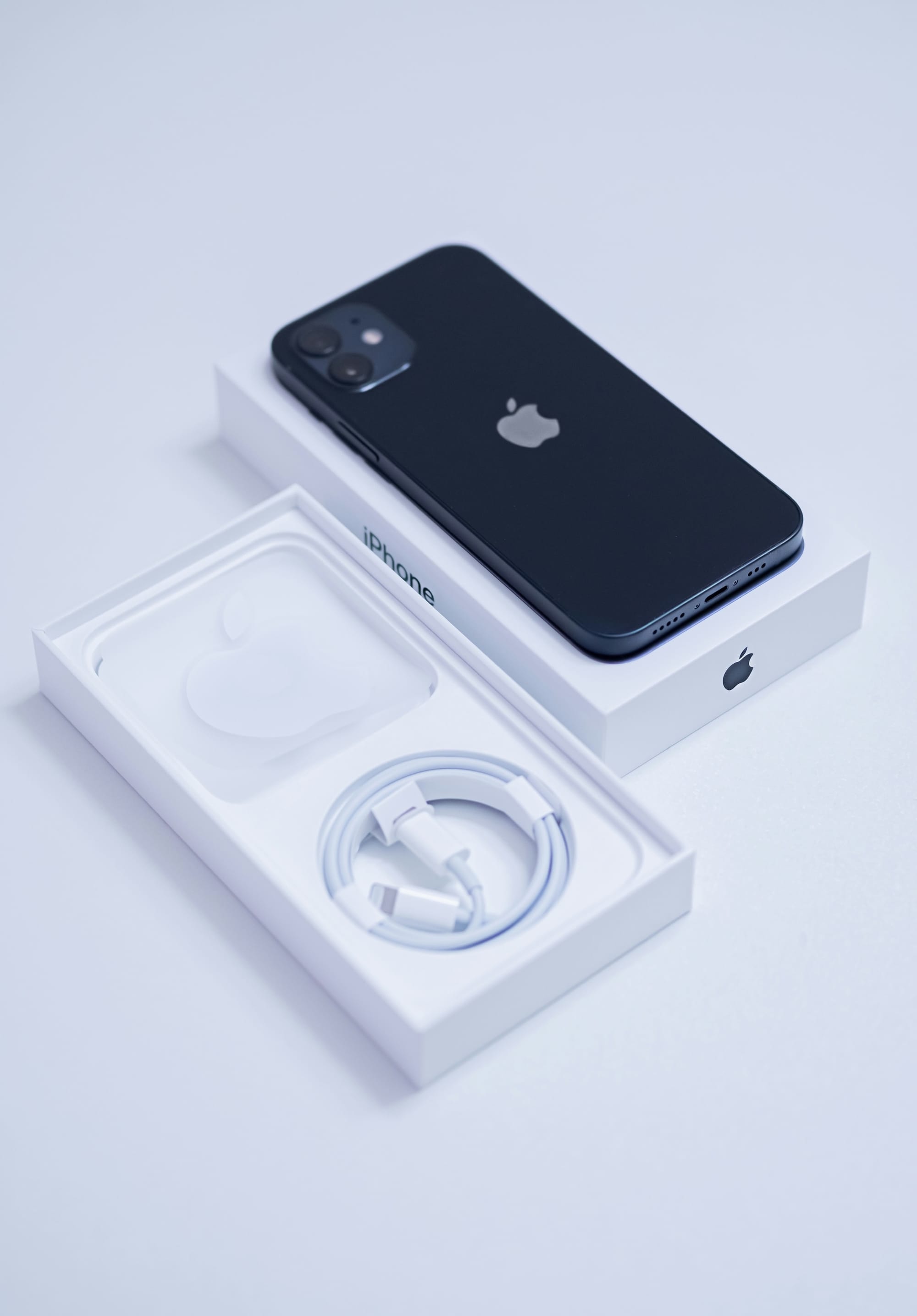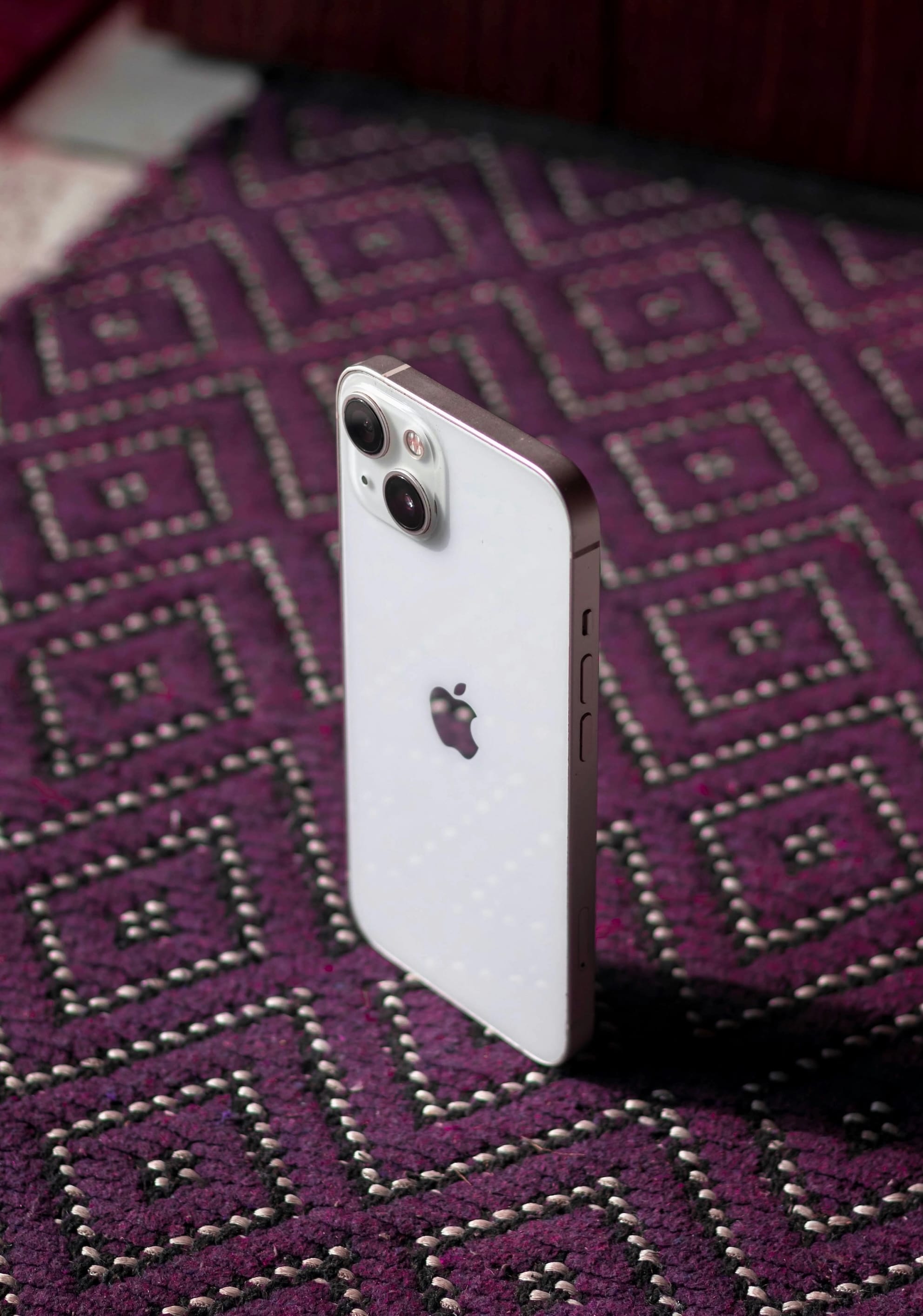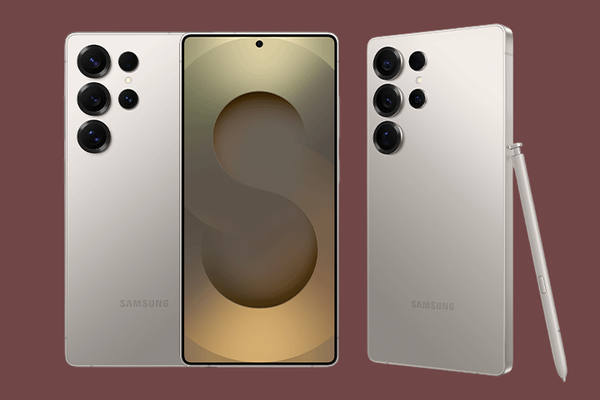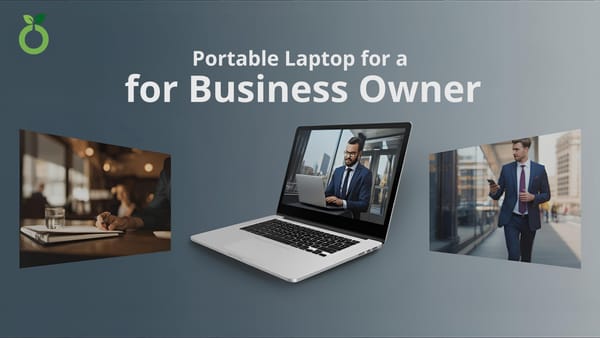Buying Older iPhones in 2025
Older iPhones like the iPhone 11, iPhone 12, and iPhone 13 remain viable options in 2025, offering a balance of performance, affordability, and reliability.

Buying older iPhones like the iPhone 11, iPhone 12, and iPhone 13 in 2025 might be a smart decision ("Might" within quotations) for specific targetted consumers or those who don't need the latest features or just want to try them out without breaking the bank. These models still offer solid performance, latest software, reliable cameras, and access to the Apple's ecosystem, but they come with trade-offs compared to newer iPhones. Here's a detailed exploration of their pros and cons, along with a comparison to the latest models.
Why Consider Older iPhones in 2025?
- Affordability: Older iPhones are significantly cheaper than newer models, almost 60% or more cheaper than it was launched. For example, the iPhone 11, iPhone 12, and iPhone 13 are often available at discounted prices, making them attractive options for those on a budget. These models provide excellent value for money, especially for users who don't require cutting-edge technology. but still want the feel of it.
- Performance: While the processors in these older models (A13 Bionic for iPhone 11, A14 Bionic for iPhone 12, and A15 Bionic for iPhone 13) are not as powerful as the latest chips, they still deliver decent performance for everyday tasks like texting, phone calls, browsing the web, handles better with camera. The A15 Bionic chip in the iPhone 13 remains decently close to the latest chips even in 2025, handling gaming, multitasking, and photo editing with ease.
- Software Support: Apple is known for providing long-term software updates for atleast five to six years since its launch. Even in 2025, these older iPhones will likely support the latest iOS versions, ensuring security and access to new features. Even after a particular model stops receiving updates, it will still be usable for a couple more years until Apple officially drops the model from updates.
- Camera Quality: The cameras on these models are still capable of capturing high-quality photos and videos. The iPhone 13, in particular when compared to the iPhone 11 and iPhone 12, offers features like Cinematic Mode and improved low-light performance.
- Durability: Older iPhones are built with premium materials and are known for their durability. They can withstand years of use with proper care. The strong aluminium build and glass back finish still feels like a luxury in hands.
Comparison of iPhone 11, iPhone 12, and iPhone 13
| Feature | iPhone 11 | iPhone 12 | iPhone 13 |
|---|---|---|---|
| Processor | A13 Bionic | A14 Bionic | A15 Bionic |
| Display | Liquid Retina HD (LCD) | Super Retina XDR (OLED) | Super Retina XDR (OLED) |
| Camera | Dual 12MP | Dual 12MP with Night Mode | Dual 12MP with Cinematic Mode |
| Battery Life | Up to 17 hours video playback | Up to 17 hours video playback | Up to 19 hours video playback |
| 5G Support | No | Yes | Yes |
| Build | Aluminum and glass | Aluminum and glass | Aluminum and glass |
| Price in 2025 | ₹30,000 - ₹35,000 | ₹40,000 - ₹45,000 | ₹50,000 - ₹55,000 |

Where Do They Stand Against Newer iPhones?
- Performance: Newer iPhones, such as the iPhone 15 and iPhone 16, feature advanced processors like the A17 and A18 Bionic chips. iPhone 16 even offers Apple Intelligence which might not be available in the older models. These chips offer better performance and efficiency. While older models are sufficient for most tasks, newer iPhones excel in demanding applications like 3D gaming and machine learning.
- Display: The iPhone 15 and iPhone 16 come with better LED displays, offering a little bit better colours and visuals with a peak brightness upto 2000 nits. Older models like the iPhone 11 have LCD displays, which are less vibrant and lower 720p quality compared to the OLED screens on newer models.
- Camera: Newer iPhones feature advanced camera systems with 48mp main shooter. They also include AI-driven features for enhanced photography. While the cameras on older models are still good, they lack the versatility and cutting-edge features of newer iPhones.
- Battery Life: Battery life has improved in newer models, with features like optimised charging and longer-lasting batteries. Older iPhones may require battery replacements to maintain performance. As most of these older models are often found refurbished, users will have to check for the battery life and charge cycle and decide if they need to change the battery.
- Design: Newer iPhones have sleeker designs with titanium builds, making them lighter and more durable. Older models retain the classic aluminium and glass design, which is still appealing but less premium.
- Connectivity: Newer iPhones (iPhone 15 and newer) support USB-C charging and faster data transfer speeds, while older models use the Lightning connector. 5G connectivity is available on the iPhone 12 and iPhone 13, but newer models offer improved 5G performance.

Who Should Buy Older iPhones in 2025?
- Budget-Conscious Buyers: If you're looking for a reliable smartphone without spending a fortune, older iPhones are a great choice.
- Everyday Users: For users who primarily use their phones for calls, messaging, social media, and light photography, older models are more than sufficient.
- Upgraders from Older iPhones: If you're using an iPhone 8 or earlier, upgrading to an iPhone 11, 12, or 13 will feel like a significant improvement. Again this is purely subjective.
- Eco-Conscious Consumers: Buying older iPhones contributes to sustainability by reducing electronic waste.
Cons of Buying Older iPhones:
While older iPhones like the iPhone 11, iPhone 12, and iPhone 13 can still be great options in 2025, there are some downsides to consider:
- Lack of Latest Features: Older iPhones may miss out on cutting-edge features introduced in newer models, such as advanced AI-driven camera systems, better displays with high peak brightness, and faster processors. Technologies like class leading cameras, USB-C charging, or improved Face ID, which newer iPhones offer, are not available in these devices.
- Diminished Battery Health: Over time, the battery in older iPhones may degrade significantly, resulting in reduced battery life and performance. While you can replace the battery, it adds to the overall cost of owning the device. In addition to that, the back panel has to be separated to replace the battery which was joined using an adhesive. This process is factory fitted ensuring a proper seal for water and dust protection. Replacement of battery means compromising on this protection.
- Limited 5G Capabilities: Only the iPhone 12 and iPhone 13 support 5G, and even then, they may not deliver the same level of 5G speed and efficiency as newer iPhones with improved modems.
- Reduced Camera Versatility: Although their cameras remain good, older iPhones lack advanced features like telephoto zoom, 3D photography, and next-gen AI enhancements found in newer models. For avid photographers or video creators, this could be a drawback.
- Slower Charging Speeds: Older iPhones rely on slower charging technologies compared to newer models, which often include faster USB-C charging.
- Design Limitations: While the iPhone 13's design is still modern, older models like the iPhone 11 feel slightly dated compared to the sleeker titanium or ceramic builds of newer iPhones. They also lack the reduced weight and enhanced durability of recent models. Many users still find older iPhones good to hold.
- Limited Long-Term Updates: Apple provides long-term software updates, but as newer iOS versions continue to evolve, older iPhones might eventually miss out on certain features or optimisations tailored for the latest hardware. For instance even though the phone works fine for basic usage, to be able to use certain apps, it might demand a latest software update.
- Potential for Higher Maintenance Costs: Repairs for older iPhones might be less cost-effective due to limited availability of parts or compatibility with newer accessories and peripherals.
- Reduced Gaming Performance: Older chips, such as the A13, A14, and even A15, struggle to keep up with the performance demands of newer, graphics-intensive games or apps optimised for the latest processors. iPhones are notoriously known for its heating.
- Less Investment Value: While newer iPhones tend to retain their value better for resale, older models often depreciate more quickly, making them less ideal as an investment.

Conclusion
Older iPhones like the iPhone 11, iPhone 12, and iPhone 13 remain viable options in 2025, offering a balance of performance, affordability, and reliability. While they lack some of the advanced features found in newer models, they are still capable devices for most users. Whether you're upgrading from an older phone or looking for a budget-friendly option, these iPhones provide excellent value.
Buying an older iPhone can save you money and still deliver solid performance, but it's important to weigh these limitations against your needs. If you prioritise the latest features, longevity, and top-tier capabilities, a newer model might be worth the extra cost. So, if you're considering an upgrade, weigh your priorities such as performance, camera quality, display, and budget. To make the best choice, make a list of what you expect from your iPhone. Let us know if you'd like help :).




